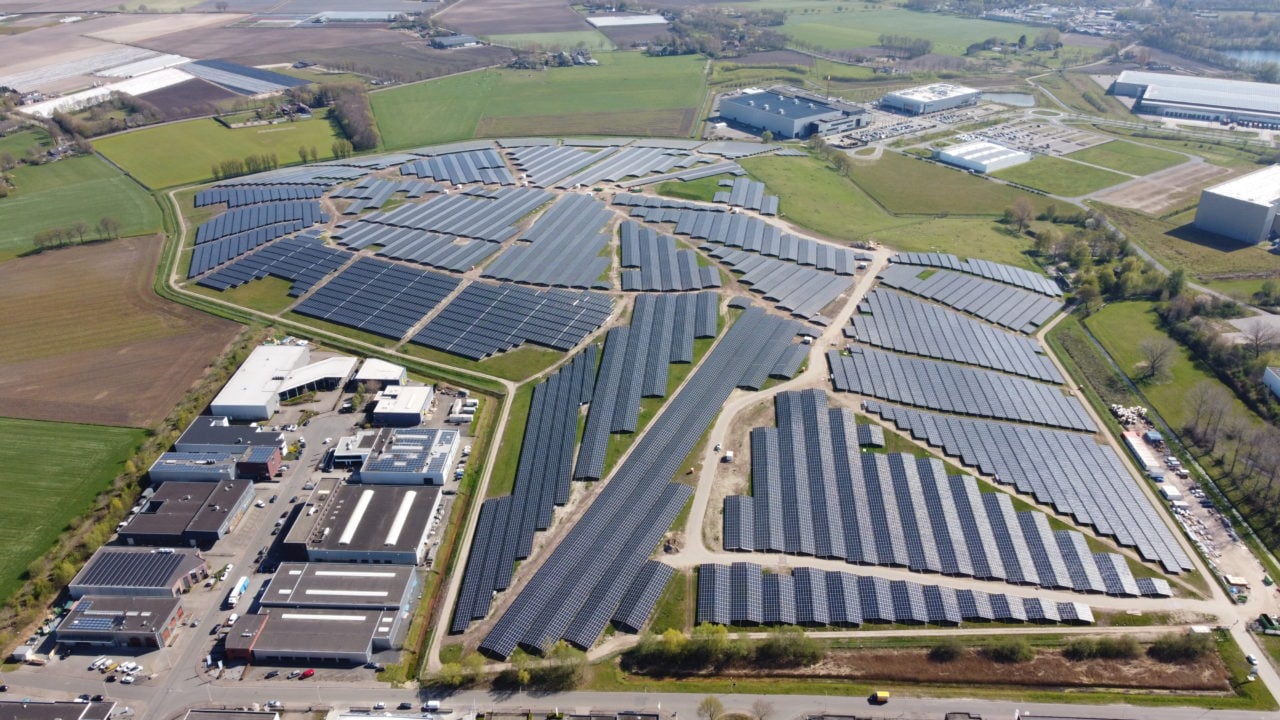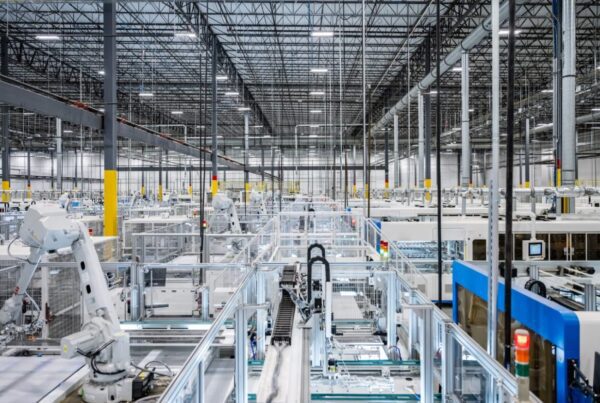
The company also signed an agreement with local grid operator Enexis to provide power for the new facility, which it called “particularly relevant” considering the relative scarcity of grid capacity in the Netherlands. Enexis, for instance, spent €1.2 billion (US$1.3 billion) on grid expansion work in 2023, an 18% increase in spending year-on-year, but announced in March this year that companies could have to wait “five to ten years” for a new or upgraded grid connection.
“Global solar manufacturing companies are replacing the global oil and gas companies as engines of growth,” said MCPV CEO Marc Rechter. “Therefore, Europe must build its own strong solar manufacturing industry, and I am confident that all the necessary policy measures will be implemented with the required strength and urgency, allowing for European capital to flow to the EU’s solar manufacturing projects, where it is most critically needed.”
The need for greater solar manufacturing capacity in Europe has been a much-discussed topic in the industry this year, with the looming presence of cheap Chinese-made products making it challenging for European manufacturers to turn a profit. However, much of the pessimism surrounding the European manufacturing sector focused on the production of modules, and MCPV’s investment in cell manufacturing follows a number of encouraging developments in the European solar cell sector.
At this summer’s Intersolar Europe event, held in Germany, cell researcher Oxford PV unveiled a new perovskite module with Sunmaxx, which included a cell with a power conversion efficiency of 26.6%. Indeed, at that same conference, Jan Jacob Boom-Wichers, CEO of French company Holosolis, told PV Tech Premium that: “we have everything, really”, with regards to the potential to develop a robust European solar manufacturing sector, from cells to modules.






